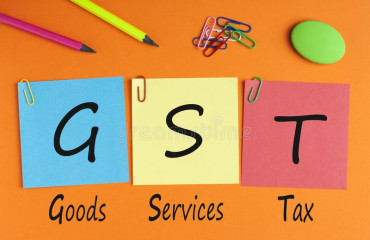
India’s public capital expenditure (capex) blitz will continue at full throttle even as some departments look poised to exhaust their budgets, two persons aware of the plan said. The government intends to achieve this by reducing unproductive expenditure and rerouting money lying unspent in some departments. The government also believes it will be able to meet its record capex targets as well as the fiscal deficit target in an election year, encouraged by record tax collections for the year so far.
India's public capital expenditure (capex) blitz will continue at full throttle even as some departments look poised to exhaust their budgets, two persons aware of the plan said. The government intends to achieve this by reducing unproductive expenditure and rerouting money lying unspent in some departments. The government also believes it will be able to meet its record capex targets as well as the fiscal deficit target in an election year, encouraged by record tax collections for the year so far.
The finance ministry has asked all government departments and ministries to submit budget and expenditure trends before December end so that it can reassess their fund requirements and divert expenditure if required to flagship schemes such as the rural job guarantee scheme and schemes for small and medium enterprises, the people cited above said on condition of anonymity.
The government has raised its capex budget in recent years to refresh infrastructure, create jobs and quicken growth. It budgeted ₹10 trillion for capex in FY24, a 37% rise from last fiscal. In FY23 and FY22, capex budgets were increased by 24% and 40%, respectively.
However, infrastructure ministries including roads and railways have already used up more than 60% of their allocated capital, and are on course to finish the rest by January. The central government hopes that savings in schemes run by other ministries can be diverted to capex so that overall expenditure remains within budgeted levels, the officials cited above added.
The Union government has proposed to spend over ₹45 trillion in FY24, including more than ₹35 trillion in revenue expenditure and about ₹10 trillion in capital expenditure. Revenue expenditure does not result in the creation of assets and includes expenses for various services, interest payments, salaries and pensions. Greater capex is seen to have a multiplier effect, as it creates new jobs and assets. The government believes it can trim some of the revenue expenditure if required and make room for more capex, the people cited above said.
The government will stick to the fiscal deficit target of 5.9% of gross domestic product set for the fiscal, the first person mentioned above said. "It is likely that the disinvestment target will not be met this fiscal. However, the government expects higher non-tax revenues, including dividends from the Reserve Bank of India and state-run banks, and buoyant tax proceeds to offset any revenue shortfall from disinvestment to maintain the fiscal deficit target," the person added.
A finance ministry spokesperson didn't respond to emailed queries.
During the first half of fiscal year 2024 (FY24), central government expenditure stood at ₹21.19 trillion, or 47.1% of budget estimates, which is marginally higher than the 46.2% in the same period in FY23.
Meanwhile, buoyant tax collections this year have created more fiscal space for spending. Tax collections are stronger than expected, with total government revenues expected to substantially exceed budgeted estimates amid increased economic activity.
In October, gross goods and services tax (GST) revenues rose 13.4% year-on-year, the fastest in 10 months, to hit the second-highest monthly tally of ₹1.72 trillion. The average gross monthly GST collection for FY24 so far has been ₹1.66 trillion, 11% higher than last year. Also, the central government has collected ₹10.60 trillion in net direct tax revenues as of 9 November, up 21.82% from the previous year.
Experts said the central government may step up spending during the ongoing election year to boost demand, especially since domestic demand has remained weak amid a global economic slowdown.
"Upcoming spending will be done based on the supplementary demand for grants submitted around September-October by different ministries and governmental departments. The actual spending will be higher in the coming quarter," said Biswajit Dhar, a professor at the Centre for Economic Studies and Planning at Jawaharlal Nehru University.
"The upcoming budget documents will not reflect expenditure for the Q4 (January-March 2024) period, but at best will reflect the expenditure for the Q3 (October-December 2023) period. So, I don't expect much of Q4 expenditure to be reflected in the budget documents," Dhar said.
